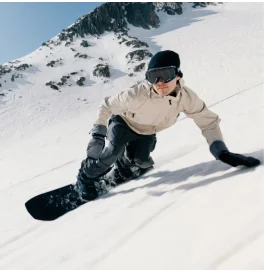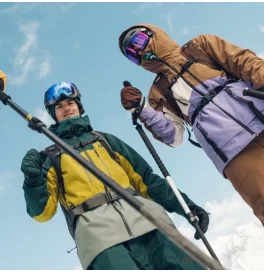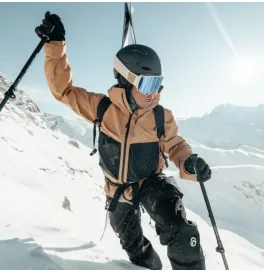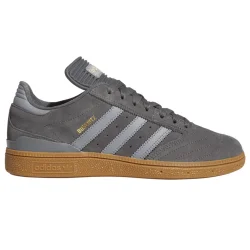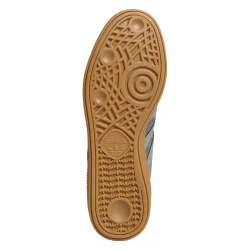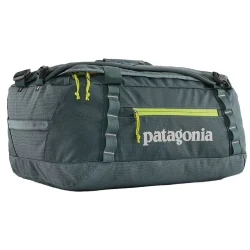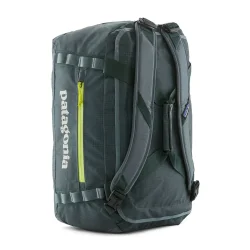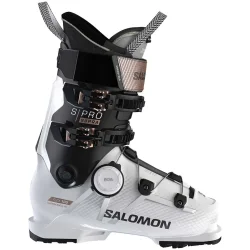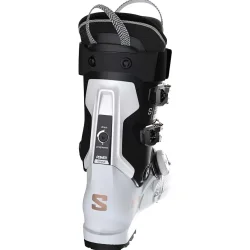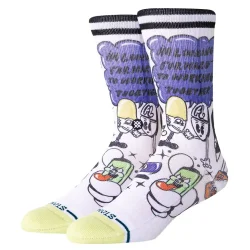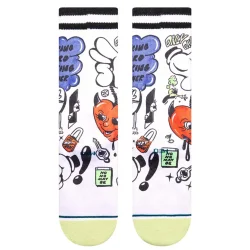TOP TRENDS
Read our Snow and Mountain advice.
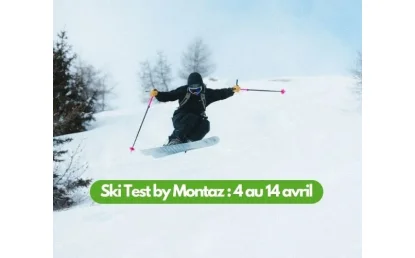
Ski test Montaz
Test the newest skis thanks to Montaz Sports

Snowboard buyer's guide
Size, shape, camber, sole... MONTAZ experts help you to choose THE right snowboard adapted to your ride and level. Then, you will only have to pick the most beautiful board in a wide range of 350 boards!
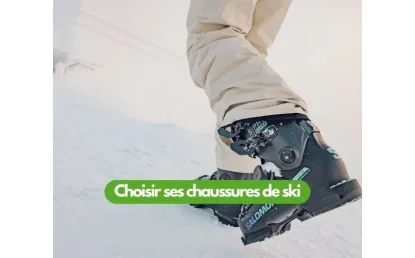
Ski Boots Buyer's Guide - How to choose
Find out how to choose the perfect ski boots for your level and style!


MONTAZ has been your specialist in riding and mountain sports for more than 40 years!
Located in the heart of the French Alps in Chambéry in Savoie, our environment is our playground! On Montaz.com, take advantage of a huge selection of Riding and Mountain products to equip yourself at the best price: ski, snowboard and sportswear! Create your own ski pack skis + bindings + ski boots + poles with at least 10% discount on your ROSSIGNOL, VOLKL, FACTION, BLACK-CROWS, SCOTT skis. Montaz has also one of the largest choice of snowboards, boots and snowboard bindings with BURTON and NITRO but also of many specialized brands. Our collection of ski wear is massive. There is something for all tastes and budgets. Montaz offers one of the largest choices of ski jackets, ski pants and sportswear on the internet. Our selection of ski and snowboard jackets and ski pants is suitable for men, women and children of all ages who have a leisure or extreme practice. We provide the largest choice of PICTURE ORGANIC CLOTHING items, a French and ecologically responsible brand that we have followed since its beginning. MONTAZ is the reference for the purchase of Ski, Snowboard, Wakeboard, Climbing and Hiking equipment! In summer, wakeboard promo packs can be found here. Find all our mountain shoes and the best equipment for all your adventures in summer and winter with our touring skis, boots and backpacks. For hiking, a large range of mountain and mountaineering shoes awaits you with the most beautiful brands: SALOMON, MILLET, MEINDL, LOWA, LA SPORTIVA, DYNAFIT, DOLOMITE ...In our store in La Ravoire, our ski rental service is at your disposal in summer and winter to rent your alpine ski equipment, snowboard, ski touring, via ferrata and canyoning at the best price! Book your ski equipment online right here. You can also test on a climbing wall all our climbing shoes on a 6 meter track!
Free delivery from 69.00 €
By phone at 04 79 72 59 69
30 day withdrawal period
from 150€ by credit card
Order and collect your order directly from La Ravoire!
Free assembly of bindings with the purchase of a pack
A team of enthusiasts to advise you
Giftcard offered from the first purchase
Newsletter subscription
Want to take advantage of promotions before everyone else ? Then don't wait any longer !

